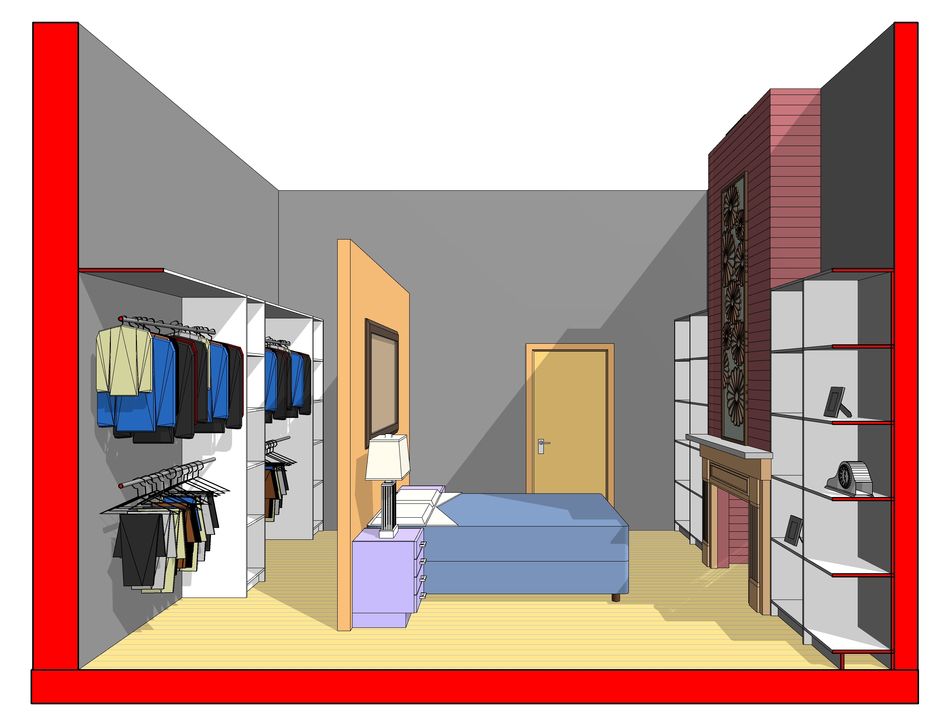The field of architecture, much like other disciplines, is in a constant state of evolution, driven by technological advancements and evolving lifestyles. One of the key influences reshaping the landscape of architecture today is the rapid development and integration of smart home technologies. These cutting-edge innovations seamlessly blend design aesthetics with advanced functionality, heralding a new era of home design that is both captivating and transformative.
At the heart of the smart home revolution lies the concept of home automation. This groundbreaking innovation empowers homeowners to remotely control various aspects of their living environment, encompassing lighting, heating, security, and entertainment systems. Architects are faced with the challenge of harnessing these technological capabilities and harmonizing them with architectural design to ensure that technology enhances the home's appeal without compromising its aesthetic integrity.
Consider, for instance, the realm of lighting systems. The integration of intelligent lighting control systems not only grants homeowners unprecedented control over their home's ambiance, but it also presents architects with an opportunity to transcend traditional lighting layouts. The focus now lies in crafting spaces that optimize natural light during the day, while seamlessly transitioning to artificial lighting scenes that adapt to the homeowner's mood and activities after sunset.
Furthermore, the advent of smart security systems has significantly impacted architectural design. Contemporary homes are meticulously designed to incorporate discreet yet highly effective security features. Architects must carefully consider the placement of sensors, cameras, and control panels, ensuring they seamlessly blend into the overall design, striking a delicate balance between functionality and aesthetics.
In addition, as smart home technology continues to advance, there is an increasing demand for dedicated hubs or command centers within homes. These spaces serve as centralized points for managing and controlling various smart devices. Architects are challenged with the task of integrating these hubs seamlessly into new homes, ensuring they are easily accessible while maintaining an unobtrusive presence.
Smart Homes
The shift towards smart homes has also brought sustainability and energy efficiency into the limelight. Smart thermostats, energy-efficient appliances, and automated shading systems have become integral considerations in architectural planning, influencing design choices aimed at creating homes that are environmentally friendly and energy-efficient.
To summarize, the emergence and evolution of smart home technologies are catalyzing a significant transformation in the field of architecture. For architects and home designers, this presents an exciting opportunity to break free from conventional design norms and create homes that are not only visually stunning but also technologically advanced and supremely functional. The challenge lies in designing homes that can adapt to the ever-evolving technology landscape, anticipating future advancements while minimizing disruption to the existing architectural framework. As we venture further into this thrilling era of home design, we can anticipate even greater innovation and seamless integration as technology continues to progress.
